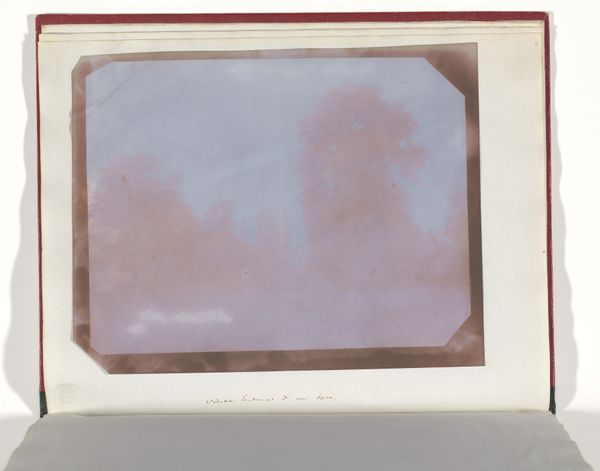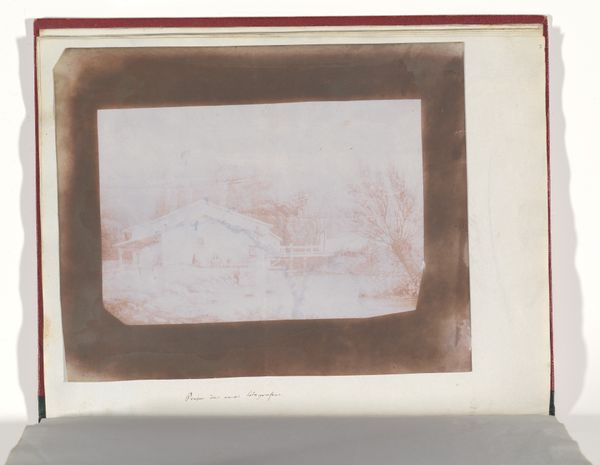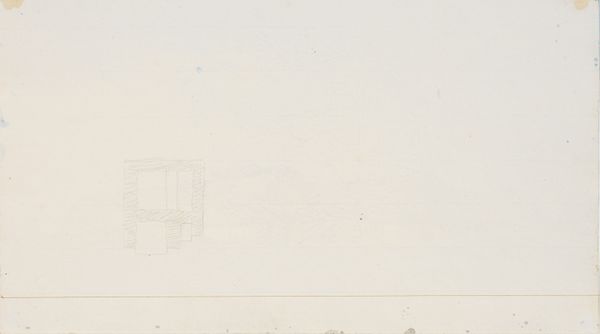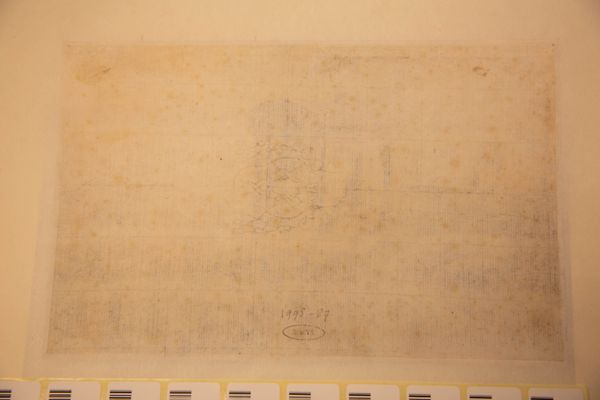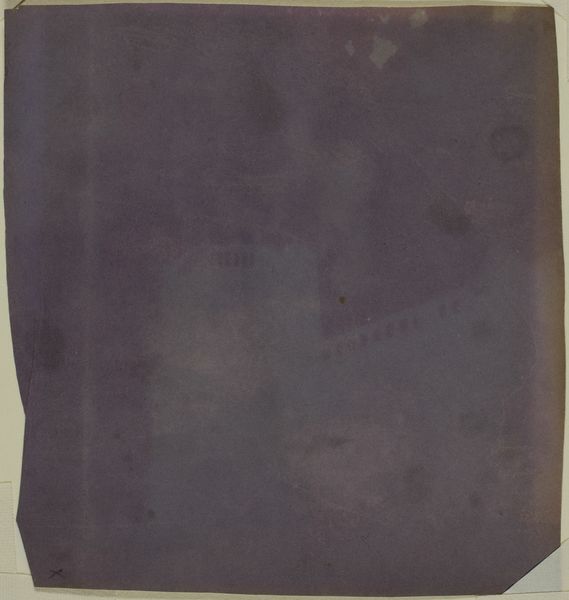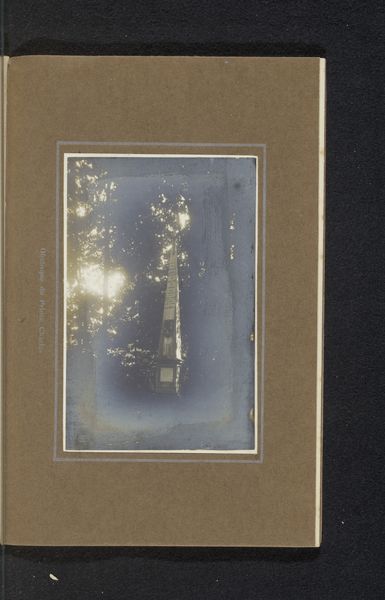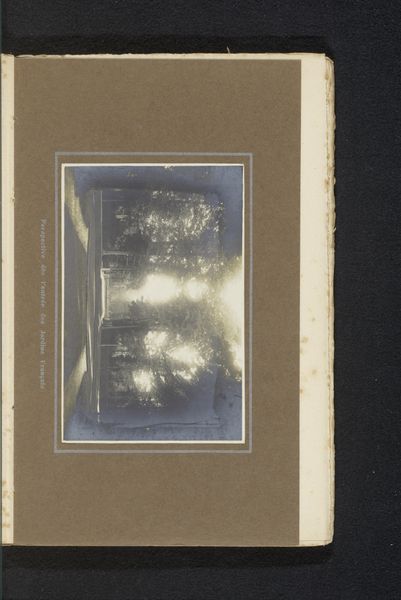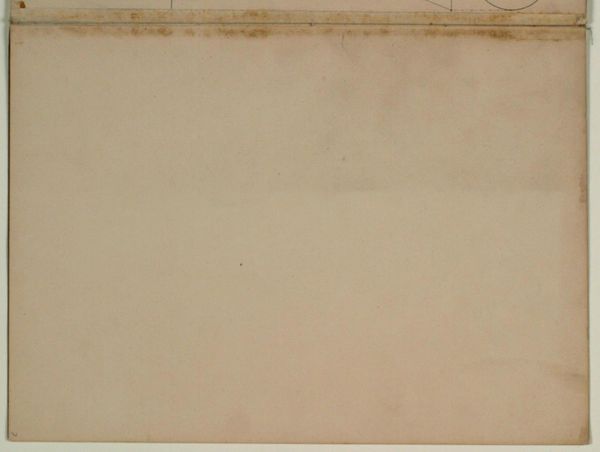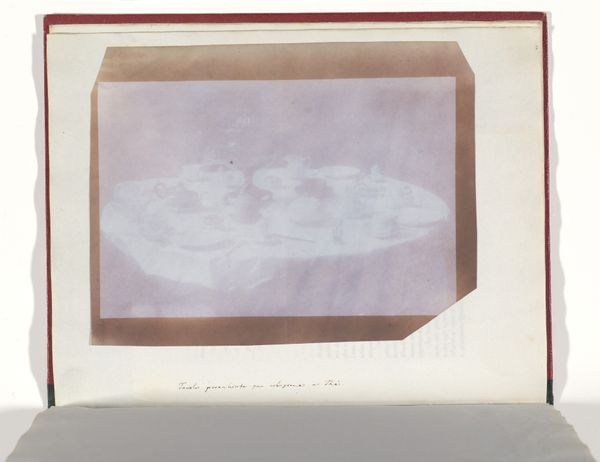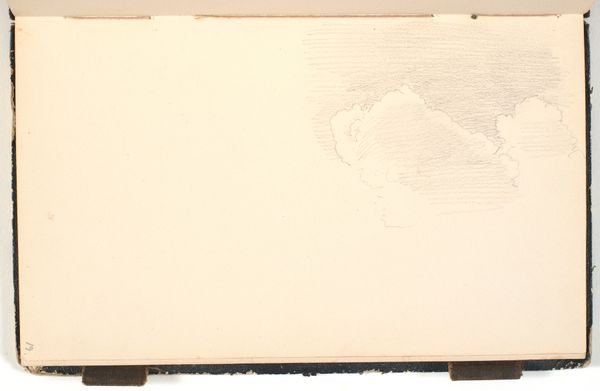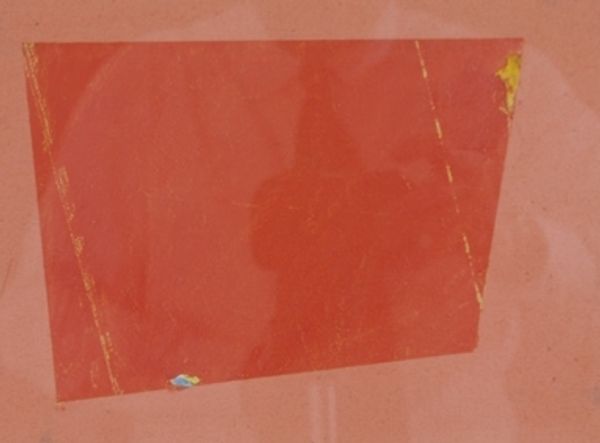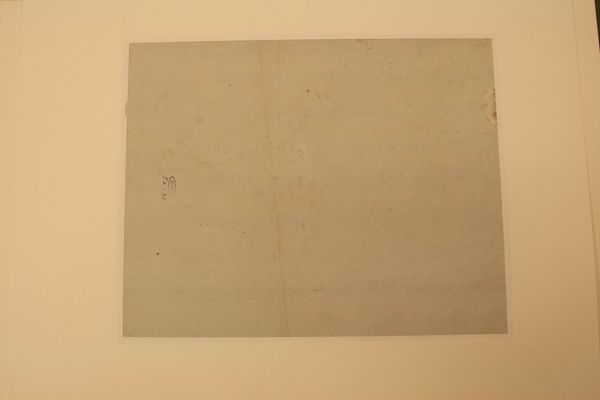
Muro a secco divoccato ad utensili campestri 1840
0:00
0:00
photography, gelatin-silver-print
#
landscape
#
photography
#
gelatin-silver-print
#
watercolor
#
realism
Dimensions: Image: 17.2 x 21.2 cm (6 3/4 x 8 3/8 in.) Sheet: 18 x 22.6 cm (7 1/16 x 8 7/8 in.)
Copyright: Public Domain
Curator: The work before us, "Muro a secco divoccato ad utensili campestri," which roughly translates to “Dry stone wall divorced from field tools,” dates back to 1840 and comes to us from William Henry Fox Talbot. This piece uses gelatin silver print to capture a moment in rural life. Editor: The tones are soft, almost ethereal. It evokes a sense of faded memory, a delicate layering of history, seen through what almost appears as a hazy watercolor effect. What stands out is the ghostly structure emerging through the subtle washes of silver. Curator: It's important to situate this photograph within the burgeoning political movements and philosophical shifts concerning land, labor, and industrialization taking place in Europe. This dry stone wall, though simple, can symbolize division, ownership, and the agricultural labor of the working class during a period of dramatic economic change. The removal of the tools suggests alienation from labor itself. Editor: Yes, but there's also something primal and almost universally familiar in this type of structure. The dry stone wall carries such immense history from the British Isles to Latin America; it serves as a marker of boundaries, a symbol of permanence, and, fundamentally, humankind’s enduring impact upon nature. Walls also echo a need for structure and division within societies. Curator: The symbolism then stretches beyond land division to explore social hierarchies. Consider also how photography at the time was inherently linked to science, progress, and control. So by using a then-novel technology to portray something so seemingly unremarkable, Talbot raises questions about our relationship to tradition, and possibly even suggests that those traditions are in decline, even as we attempt to “capture” and “fix” their image in time. Editor: I see your point, it's hard not to associate walls and boundaries to more recent global debates, from both ecological and political angles. Curator: Absolutely, viewing the work within its contemporary sociopolitical frame illuminates those tensions between permanence, erasure, ownership, labor, and change. Editor: And it pushes us to reconsider how such fundamental forms continue to shape and resonate in our present. Curator: It shows how powerful images, seemingly simple at first glance, can hold dense social significance when interpreted with an intersectional lens.
Comments
No comments
Be the first to comment and join the conversation on the ultimate creative platform.
